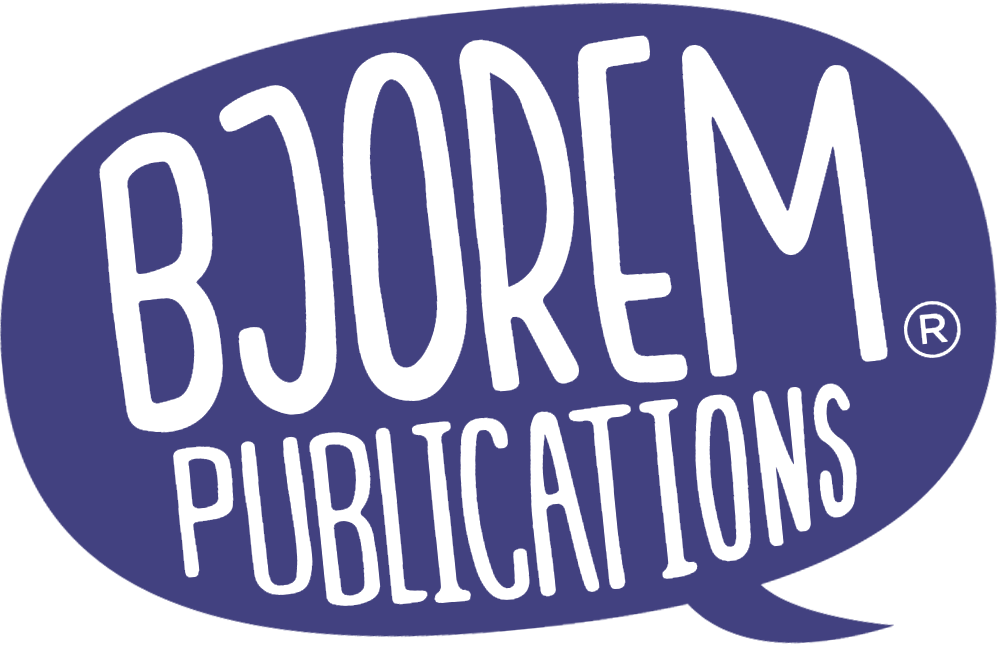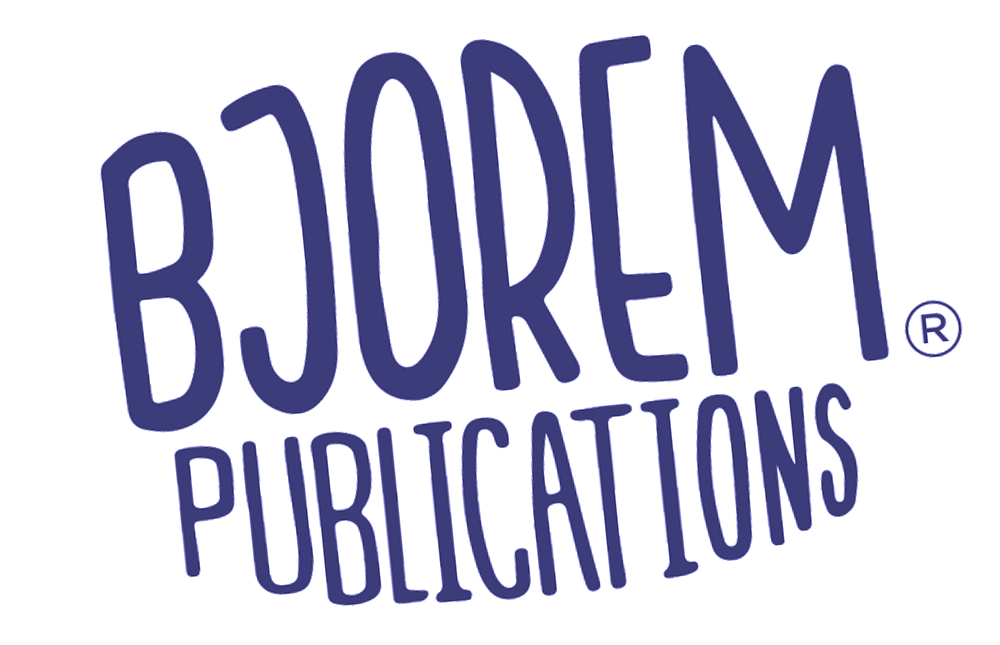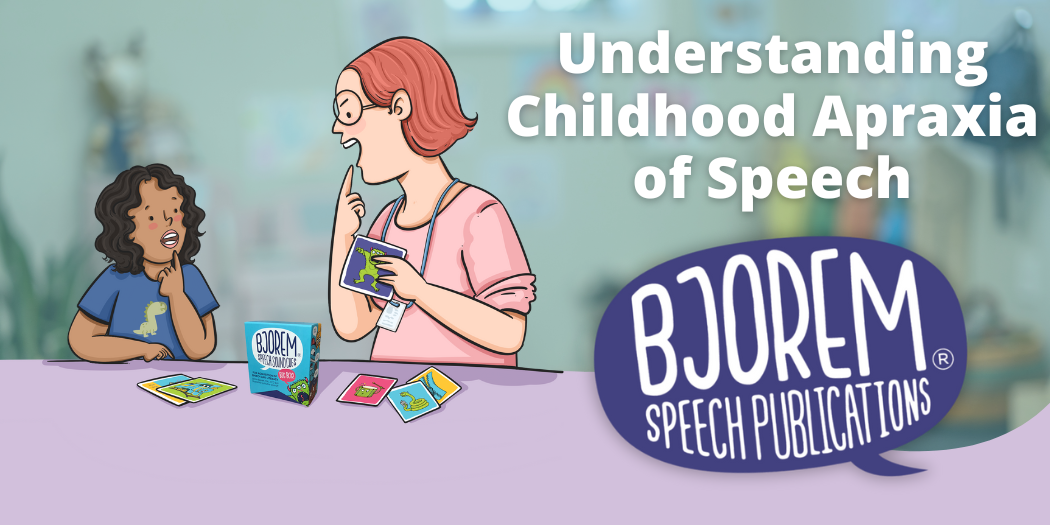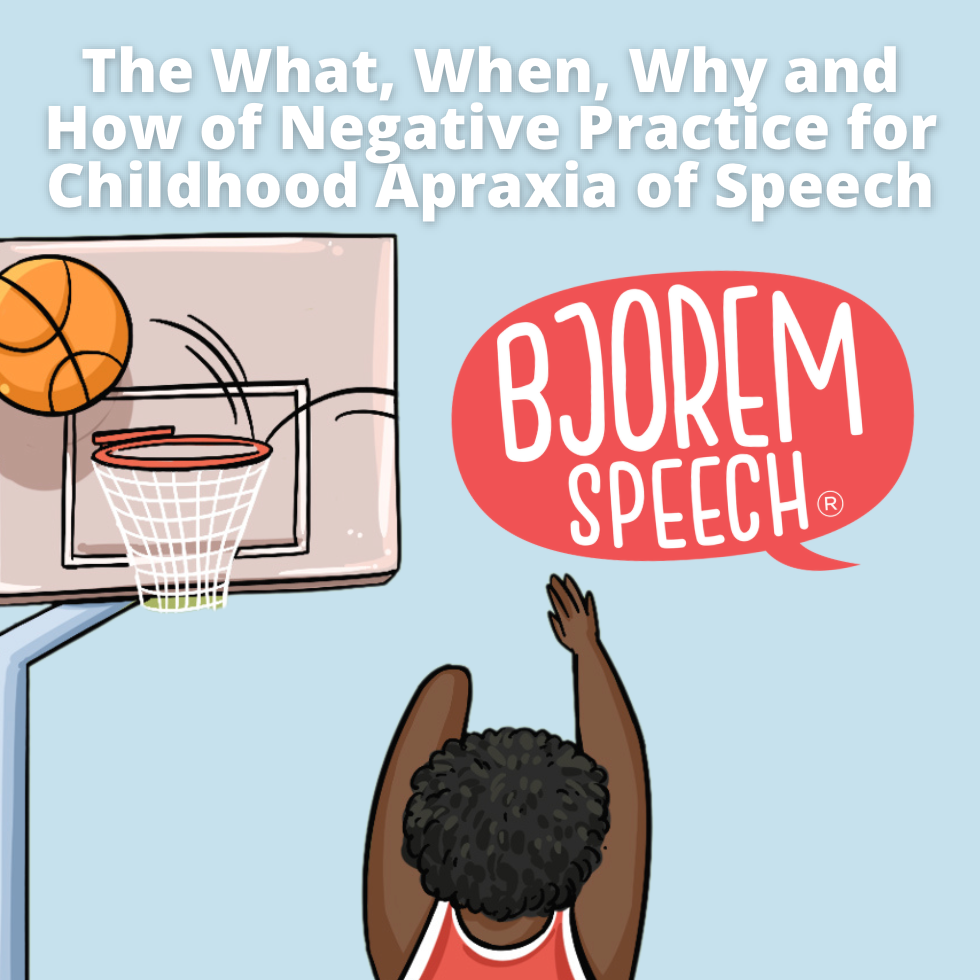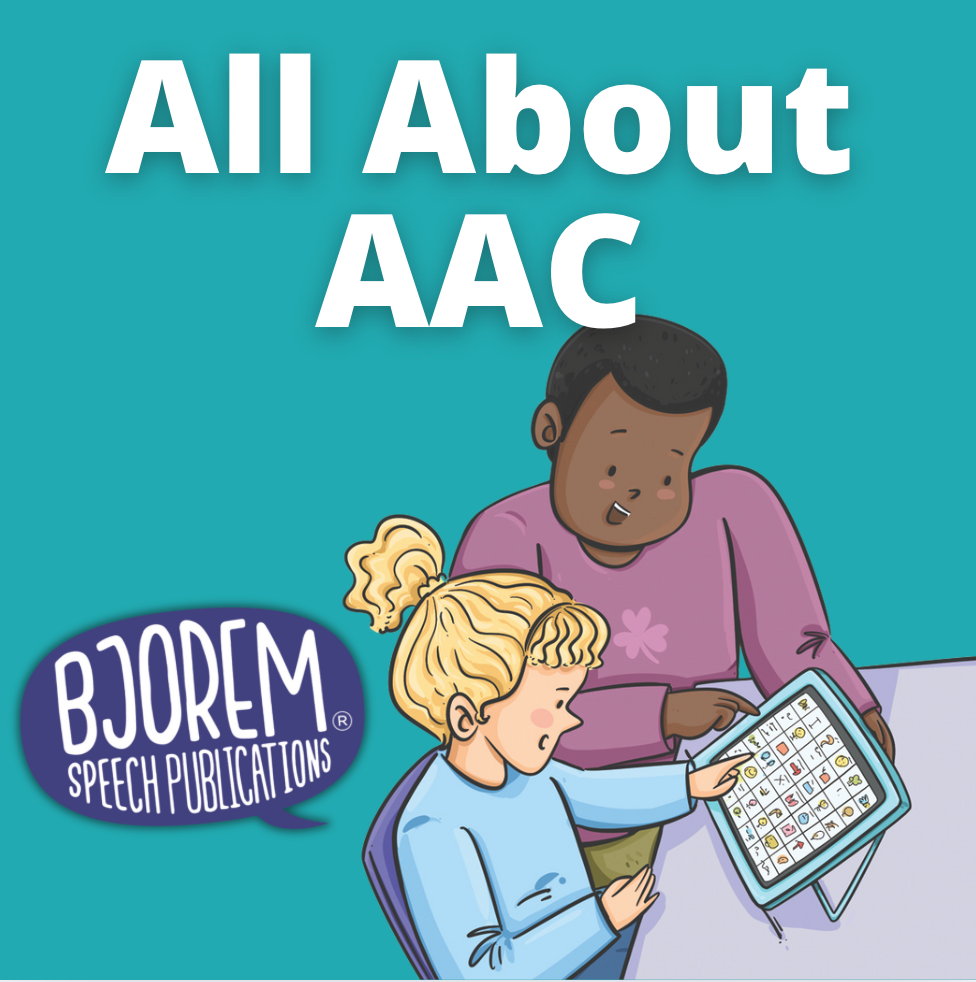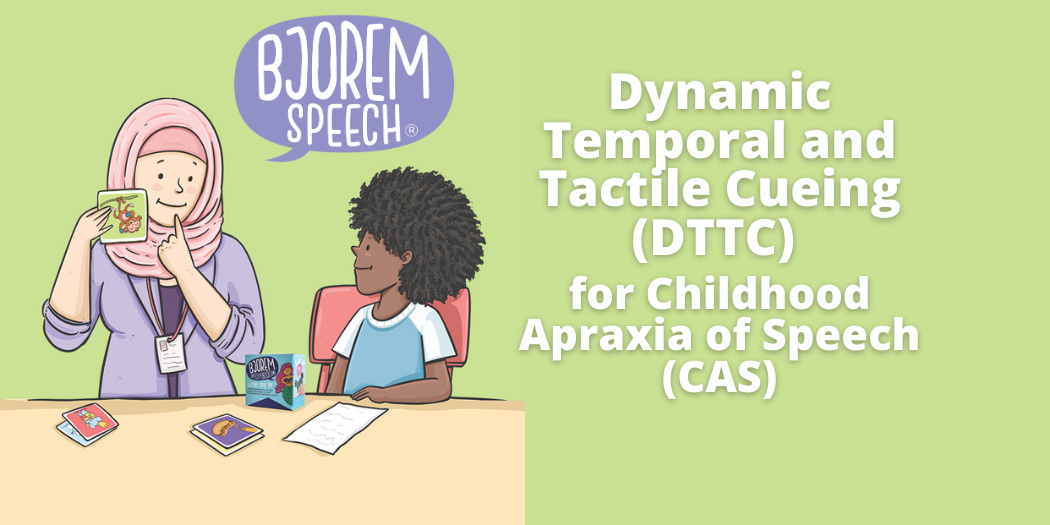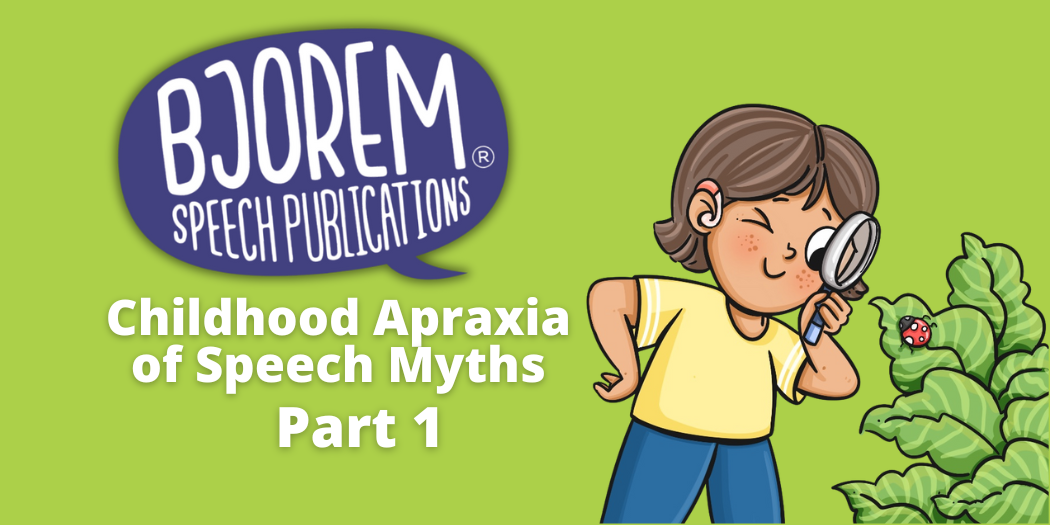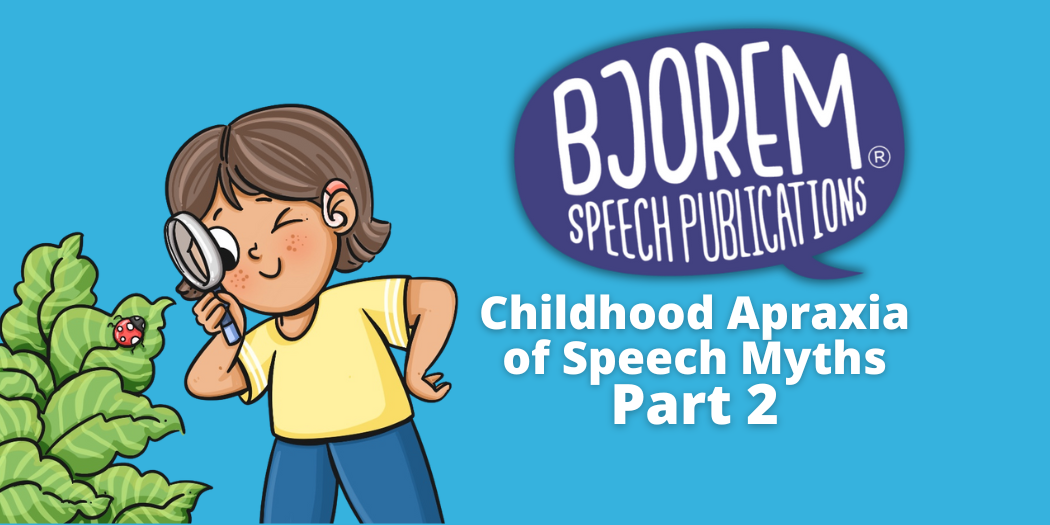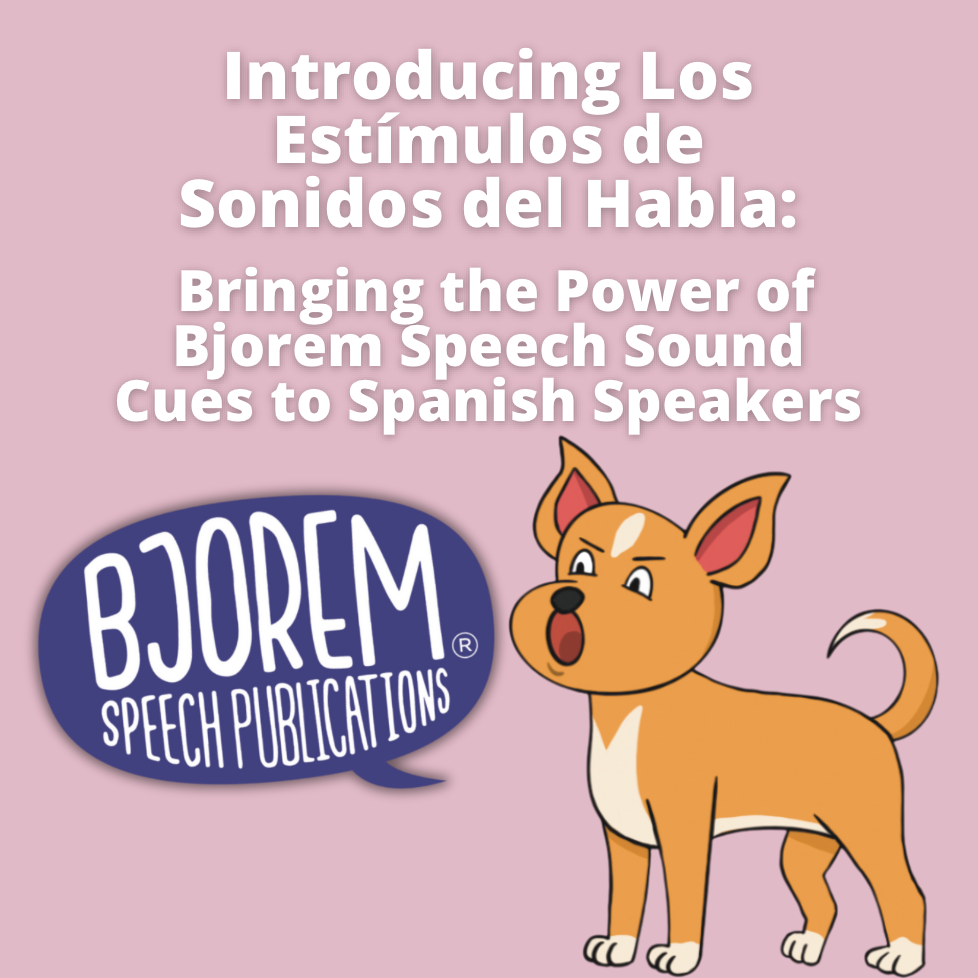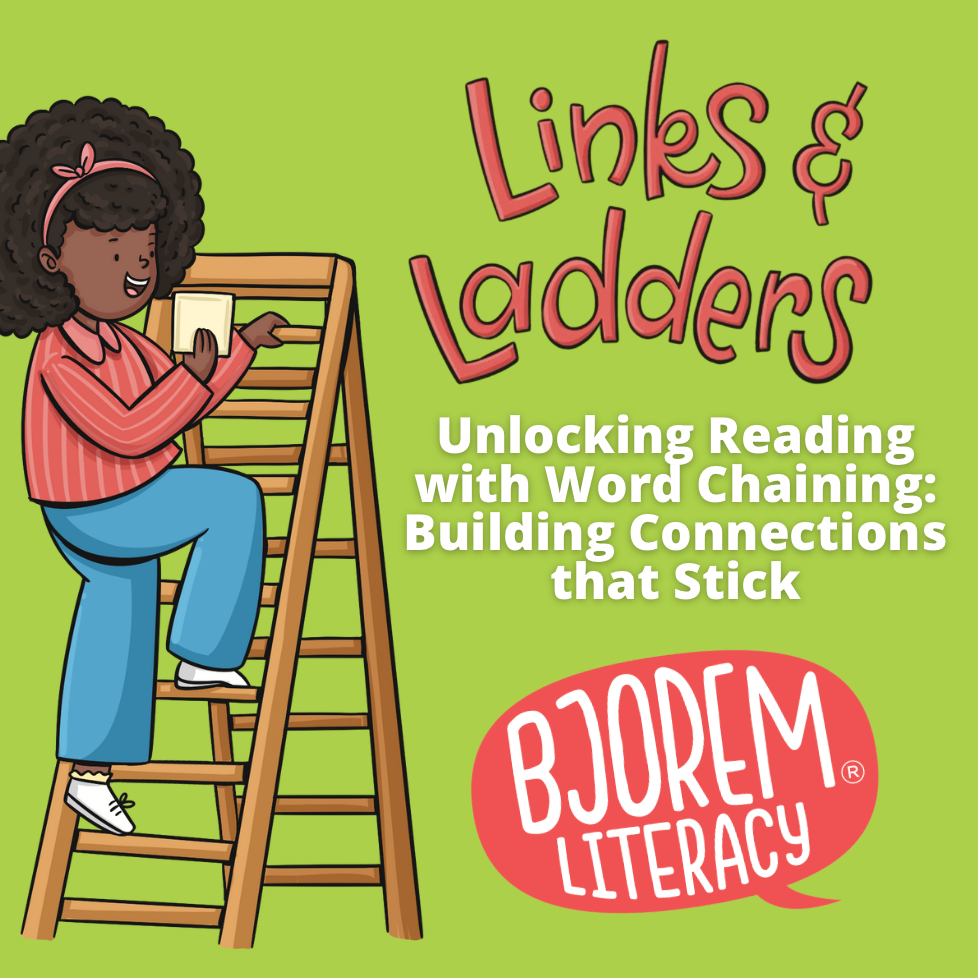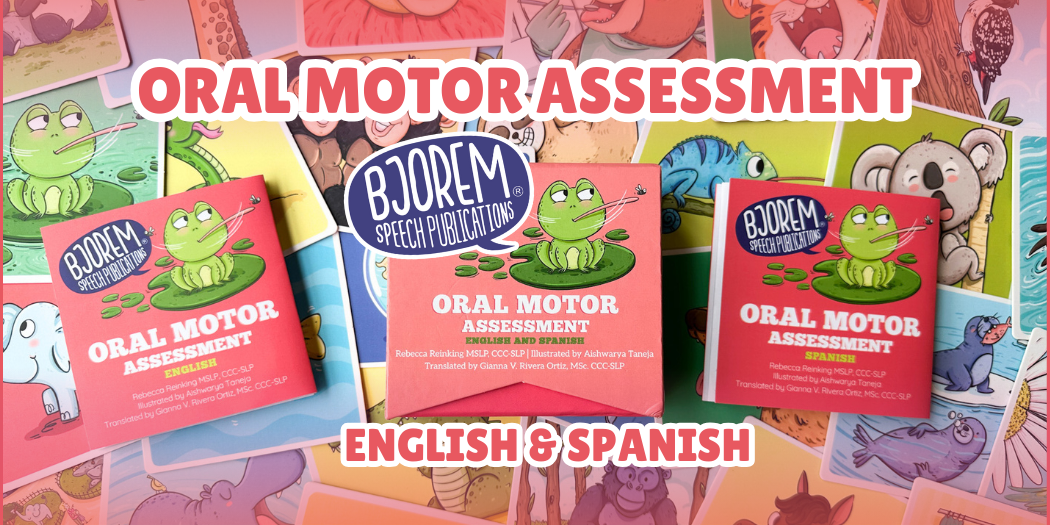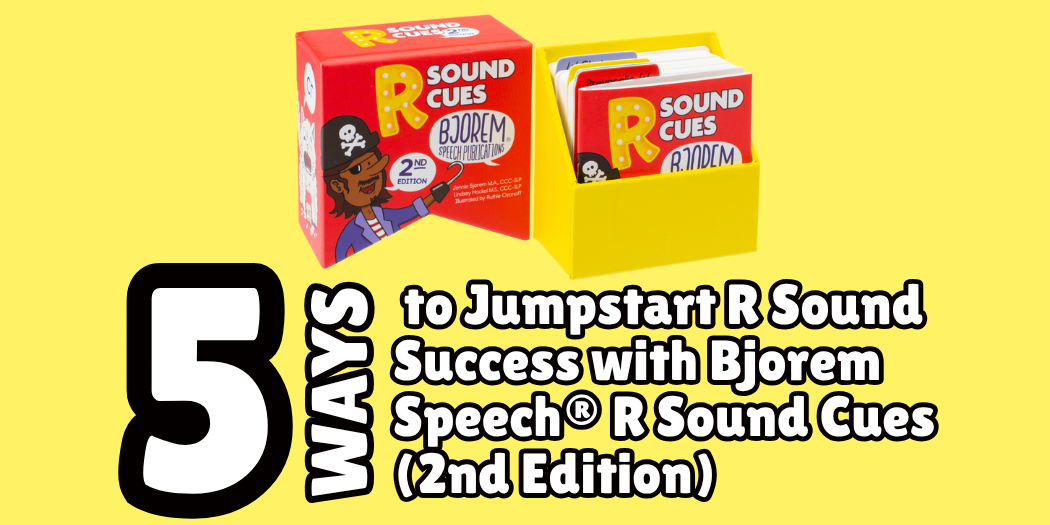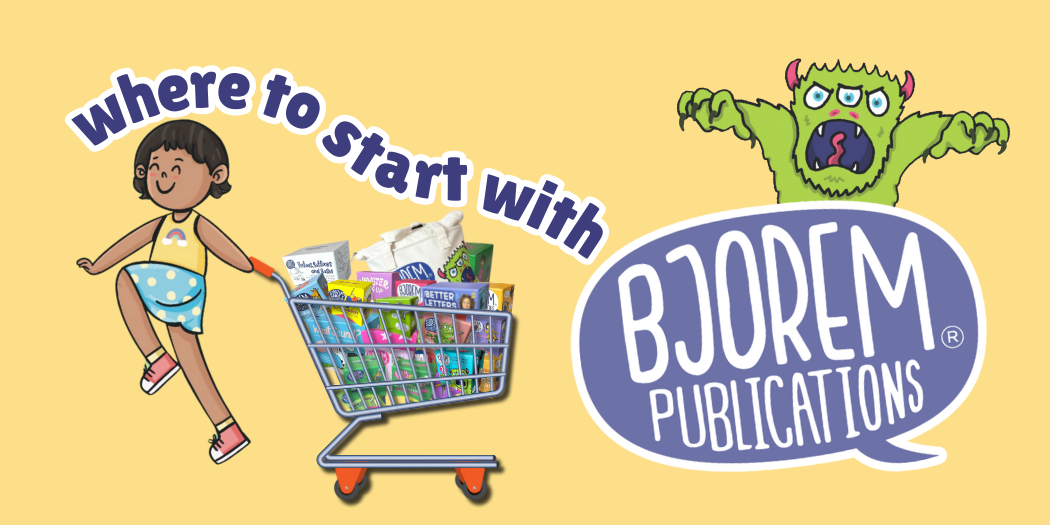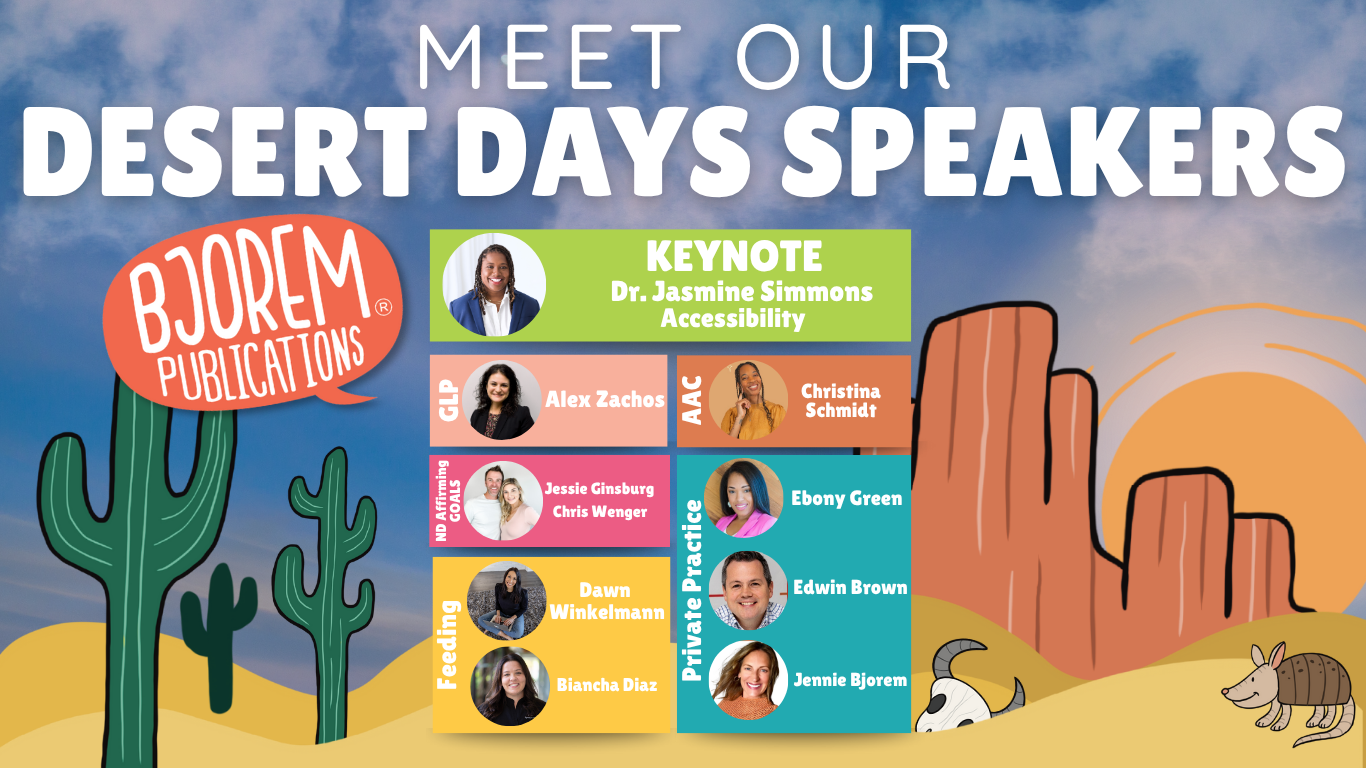
Understanding Childhood Apraxia of Speech (CAS)
Childhood Apraxia of Speech (CAS) is a complex speech disorder that impacts a child’s ability to coordinate the movements of their lips, jaws, and tongue to produce clear speech. While the speech muscles in CAS are not weak, the brain struggles to plan and execute the the movements needed for fluent and accurate speech. Let’s explore what CAS is, its symptoms, and how it differs from other speech disorders, along with the challenges and complexities that come with it.
What Is Childhood Apraxia of Speech (CAS)?
To speak correctly, the brain sends specific instructions to the muscles that control the lips, jaw, and tongue, guiding them on how to move for sound production, words, and rhythm. In CAS, this planning process is disrupted. This of it as a plug that has been unplugged. As a result, children with CAS often face difficulties forming words, even though their speech muscles are fully functional.
Speech therapy is the cornerstone of CAS treatment, focusing on repetitive practice to teach children how to learn new motor plans in order to say words, syllables, and phrases accurately. At Bjorem Speech®, we prioritize evidence-based and engaging tools like our Bjorem Speech® Sound Cues to support therapists and families in fostering effective communication.
Characteristics of CAS
Characteristics of CAS vary based on the child’s age and the severity of their condition. Common signs include:
Early Signs (Ages 7–18 months):
• Limited babbling or vocal sounds.
• Delayed first words (often after 18 months).
• Use of fewer consonants and vowels in speech.
Signs Between Ages 2–4:
• Vowel and consonant errors.
• Pauses between syllables or words.
• Errors in voicing, like “peek” sounding like “beak.”
Children with CAS may also struggle to position their jaw, lips, or tongue correctly, affecting smooth transitions between sounds. Language challenges like reduced vocabulary or difficulty with word order are often seen alongside CAS.
Key Characteristics of CAS
Certain signs distinguish CAS from other speech disorders, such as:
• Difficulty transitioning between sounds, syllables, or words.
• “Groping” movements (e.g., visible efforts to shape speech sounds).
• Inconsistent production of the same word when children repeat it over and over
• Vowel errors and Voicing Errors
• Prosody Errors: Equal emphasis on syllables (e.g., “BUH-KNEE” instead of “BUH-knee”) or incorrect stress (e.g., bay-BEE instead of BAY-bee).
These speech characteristics guide speech-language pathologists in diagnosing CAS. It is important to note that children that are not-speaking cannot get an official diagnosis of CAS. Children must attempt imitation of sound combinations so that the speech pathologist can observe the above listed characteristics.

Differentiating CAS from Other Speech Disorders
CAS is often confused with other speech sound disorders, such as articulation disorders, phonological disorders, or dysarthria. Here’s how they differ:
Articulation and Phonological Disorders:
These involve difficulty learning or using specific sounds, without issues in planning or coordinating movements. Common errors include sound substitutions (e.g., “wabbit” for “rabbit”) or simplifying combinations (e.g., “top” for “stop”).
Dysarthria:
This disorder results from weak speech muscles, causing slurred or slow speech. Unlike CAS, dysarthria is often easier to identify because it directly involves muscle weakness.

What Causes CAS?
The causes of CAS are often unclear, but it may result from:
• Neurological Events: Such as strokes, infections, or traumatic brain injuries.
• Genetic Factors: Mutations in genes like FOXP2, which impact motor coordination and speech processing.
• Underlying Syndromes: CAS can be a symptom of broader genetic or metabolic conditions.
CAS is sometimes called dyspraxia or developmental apraxia, but it’s important to note that children with CAS don’t “grow out of it” like those with delayed speech.
Complications and Co-Occurring Challenges
Children with CAS often experience other challenges that can impact their communication and development, including:
• Language Delays: Reduced vocabulary and grammatical errors.
• Motor Coordination Issues: Difficulty with fine and gross motor skills.
• Academic Challenges: Problems with reading, spelling, and writing.
• Social Communication Issues: Difficulty using language appropriately in interactions.
![[title]Bjorem Speech Sound Cues](https://cdn.shopify.com/s/files/1/2674/1418/files/Screenshot2023-11-08at1.01.08PM.png?v=1734454854)
How Bjorem Speech® Can Help
At Bjorem Speech®, we are dedicated to empowering therapists, educators, and families with tools and resources designed to make speech therapy both effective and engaging. Whether you’re supporting a child with Childhood Apraxia of Speech (CAS) or other speech and language needs, we offer evidence-based materials like our Bjorem Speech Sound Cues® and innovative therapy aids to help children achieve clearer and more confident communication. Check out our brand new Apraxia Targets in a Book!
To further support your journey, explore BjoremU.com for our pre-recorded courses, offering in-depth insights and strategies for CAS and other therapy topics. Additionally, visit our YouTube channel for free resources and videos like What Parents, Educators, and Administrators Need to Know to gain practical advice and tools for success.
Visit Bjorem Speech® to explore our comprehensive range of resources and join our mission to create effective, inclusive, and engaging therapy solutions!
By understanding the unique characteristics and challenges of CAS, we can ensure children receive the targeted support they need to thrive. For more information or to explore resources, visit Bjorem Speech®.
